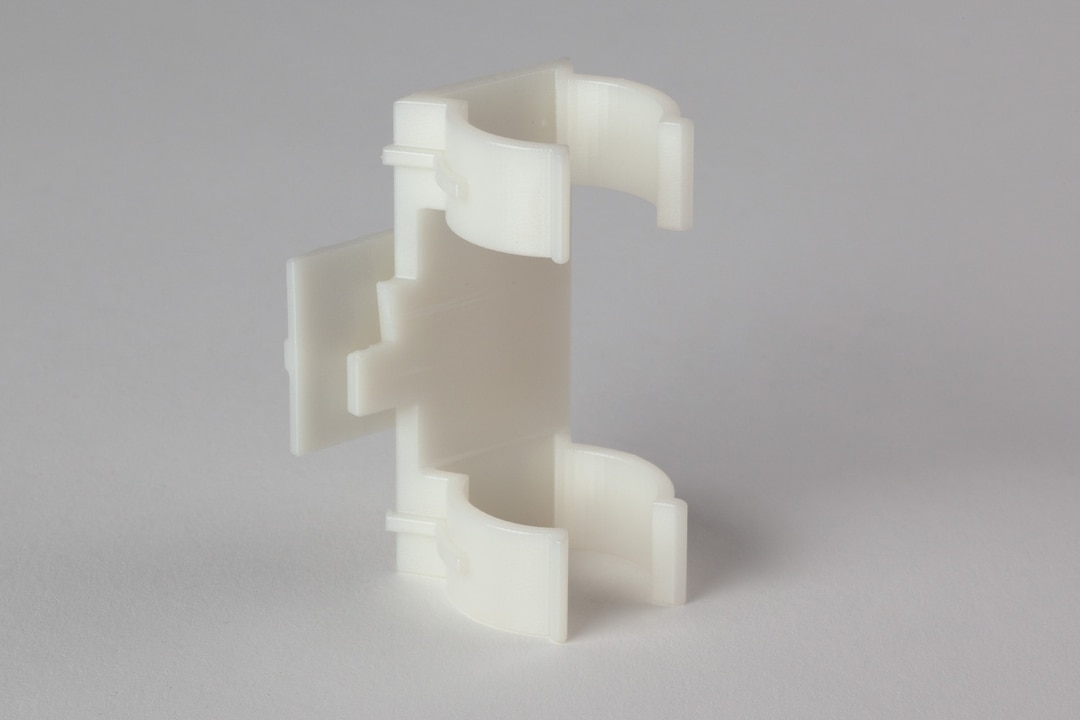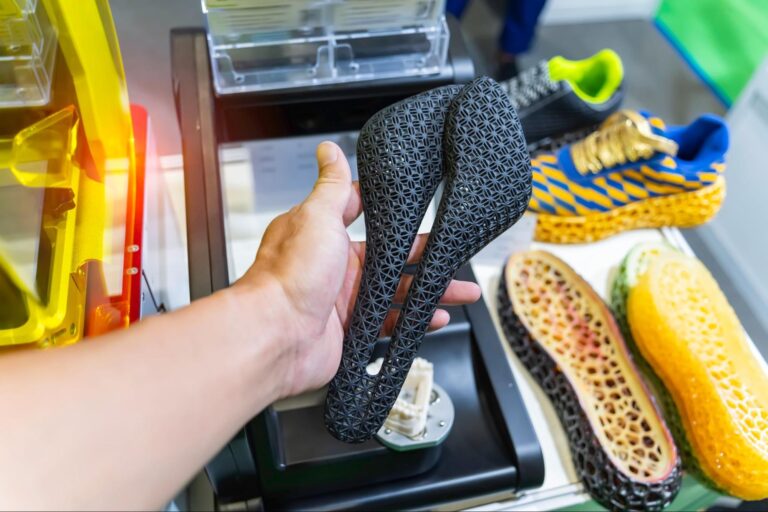Accura 25 is a durable, rigid, and opaque photopolymer resin used in Stereolithography (SLA) 3D printing technology. Here are some common applications for Accura 25 White in 3D printing:
Prototyping: Accura 25 is often used to create prototypes of products and components during the design and development phase.
Functional Prototypes: It is suitable for producing functional prototypes that require durability and dimensional accuracy.
Engineering Components: Accura 25 is employed to prototype engineering components such as gears, housings, and brackets.
Snap Fit Assemblies: Accura 25 has excellent durability and accuracy, making it an ideal material for snap fit assemblies.
Architectural Models: Accura 25 is employed to create detailed architectural models and prototypes of building designs.
Custom Components: Manufacturers use Accura 25 to produce custom components and parts for various applications.
Product Mock-ups: It is used to create mock-ups and prototypes of consumer products for market research and testing.
Medical Models: Accura 25 is used to create anatomical models for surgical planning, medical training, and patient education.
Cosmetic Packaging Prototypes: It is used to prototype packaging designs for cosmetics, skincare, and personal care products.
Electronics Enclosures: Accura 25 can be used to create enclosures and housings for electronic devices, providing protection and aesthetic appeal.
Custom Displays: It is employed to create custom displays and signage for retail, events, and exhibitions.
Automotive Prototypes: Accura 25 is suitable for prototyping automotive parts and components, including interior features and dashboard designs.
Artistic Projects: Artists and sculptors use Accura 25 for various artistic projects and sculptures.
Model Making: Accura 25 is used by hobbyists and enthusiasts for model making, including miniature figurines and dioramas.
Industrial Design: It is employed in industrial design projects to prototype product concepts and iterations.










